Oil and Gas Directional Drilling: What are the Key Techniques and Why Simulation is an Invaluable Tool
Directional drilling techniques have long been used in the oil and gas sector to access lucrative hydrocarbon deposits beneath the Earth’s surface. Directional drilling, a technology that has advanced greatly over the years, enables operators to access areas that were previously thought to be unreachable using conventional drilling methods. This article explores the world of oil and gas directional drilling, its applications, techniques, advantages and key aspects of simulation technology used in directional drilling.
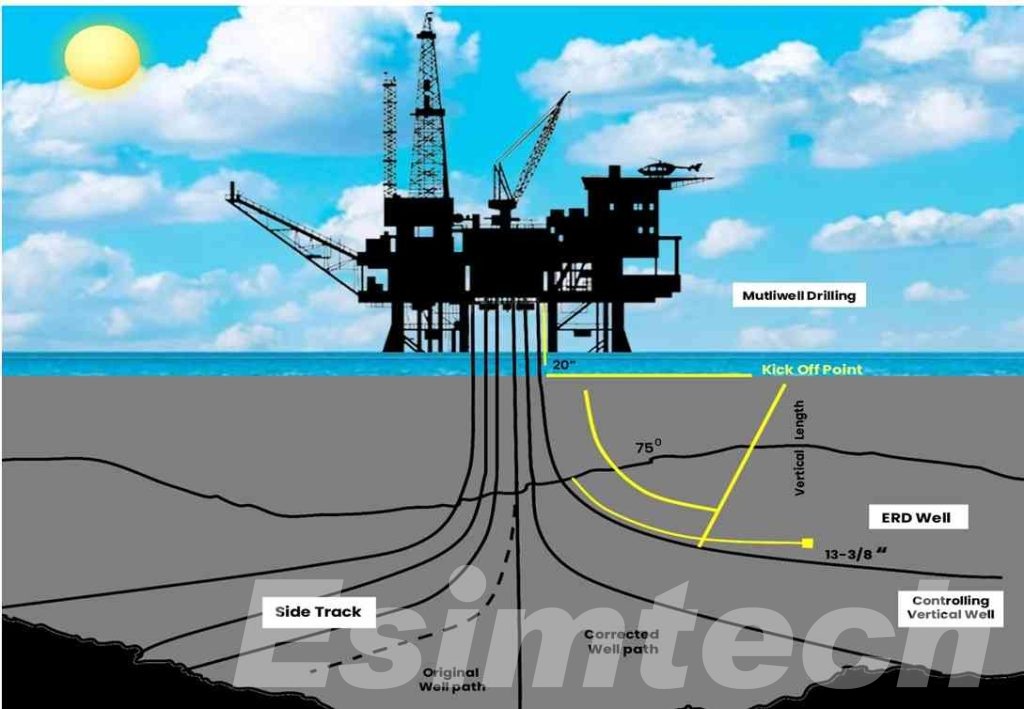
Understanding Oil and Gas Directional Drilling
Directional drilling is a specialized drilling technique used in the oil and gas industry to access reservoirs that are not directly beneath the drilling site. It is also known as directional boring or slant drilling. This method includes drilling a wellbore at an angle rather than a vertical or straight-line trajectory in order to reach hydrocarbon deposits in difficult-to-reach locations such as offshore reserves, beneath urban areas, or beneath environmentally sensitive areas.
To access underwater oil and gas sources, offshore drilling frequently necessitates directional drilling. Directional drilling enables operators to deploy wellheads on floating platforms and reach subterranean reservoirs without the need for seabed structures.
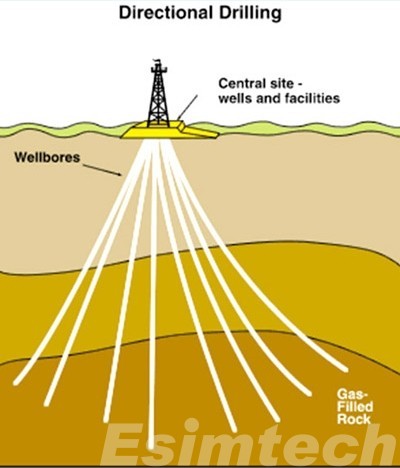
Key Techniques and Tools of Oil and Gas Directional Drilling
To successfully traverse through subterranean formations and reach the intended reservoirs, oil and gas directional drilling employs a number of techniques and instruments.
Rotary Steerable Systems (RSS)
RSS technology has revolutionized directional drilling. It allows for precise control of the wellbore trajectory in real-time, resulting in more accurate drilling.
RSS tools, unlike typical mud motor systems, may change steering direction without falling out of the hole, increasing drilling efficiency.
Measurement While Drilling (MWD)
MWD tools are attached to the drill bit and offer real-time measurements of drilling parameters such as direction, inclination, azimuth, temperature, and pressure.
This data is transmitted to the surface, allowing drillers to make immediate adjustments to the well trajectory and drilling parameters.
Logging While Drilling (LWD)
While drilling, LWD equipment is utilized to collect formation evaluation data. They give information on the geological formations surrounding them, such as resistivity, gamma-ray, density, and porosity.
This data is crucial for geosteering and optimizing well placement in the target reservoir.
Whipstocks
Whipstocks are mechanical devices that are used to shift the direction of the wellbore. They are normally installed above the drill bit and form a window in the casing that allows the drill bit to depart the wellbore and begin drilling in a different direction.
Deflecting Tools
To create a steady alteration in the wellbore trajectory, deflecting instruments such as bent subs or deflecting motors can be utilized. These tools are very handy while constructing the well’s curve section.
Directional Drill Bits
Directional drill bits are designed to drill at an angle while maintaining control over the direction of the wellbore. They come in various types, including PDC (Polycrystalline Diamond Compact) and roller cone bits.
Stabilizers and Downhole Assemblies
Stabilizers, hole openers, and other downhole tools are used to maintain the stability and direction of the wellbore. They help control vibrations and maintain the desired trajectory.
Casing While Drilling (CWD)
CWD involves drilling the well with casing in place, which can simplify well construction and provide additional stability for directional drilling.
Steerable Mud Motors
Mud motors are downhole drilling tools that use drilling mud to generate rotary motion, which is then transmitted to the drill bit. Steerable mud motors are designed to change the drilling direction as needed.
Hydraulic and Pneumatic Jars
Hydraulic and pneumatic jars are used to deliver impact forces downhole, helping to free a stuck drill string or alleviate downhole tool issues. They are crucial for maintaining drilling progress.
Pilot Hole and Multiple Laterals
Some directional drilling operations involve drilling a pilot hole in the desired direction and then deviating from that hole to create multiple laterals for enhanced reservoir access.
Real-Time Data Management Systems
In real-time, advanced data management systems collect and process data from MWD, LWD, and other sensors. They assist drillers in making sound judgments, managing wellbore stability, and optimizing drilling parameters.
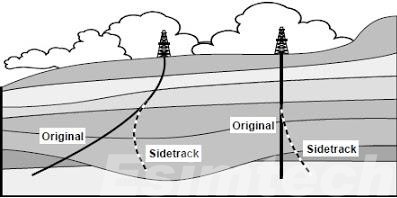
Key Aspects of Simulation Technology Used in Oil and Gas Directional Drilling
Drilling engineers and operators can use simulation technologies to plan, optimize, and model drilling operations with high precision before deploying costly equipment and manpower in the field.
Drilling Software
To simulate and model the entire drilling process, advanced drilling software packages are used. Drilling engineers can use these software packages to design well trajectories, select appropriate drilling instruments, and optimize drilling parameters.
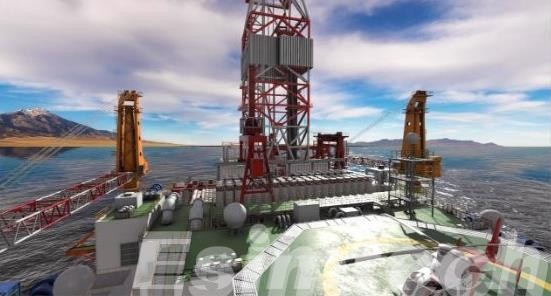
Geosteering Simulators
Geosteering is a crucial aspect of directional drilling, where real-time data from Measurement While Drilling (MWD) and Logging While Drilling (LWD) tools are used to adjust the wellbore path to stay within the target reservoir. Geosteering simulators incorporate real-time data into the drilling software to make immediate decisions and steer the wellbore accurately.
3D Visualization
Engineers and drillers can use 3D visualization technologies to produce a visual picture of the wellbore and surrounding geological formations. This aids in gaining a better understanding of the subsurface characteristics and planning the well trajectory to avoid dangers and reach the target reservoir.
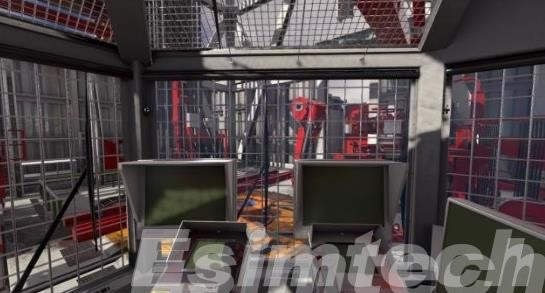
Training Simulators
Drilling staff are educated on the equipment and processes involved in directional drilling using training simulators. These drilling training simulators give students a secure and controlled environment in which to practice their abilities and gain a better grasp of the drilling process.
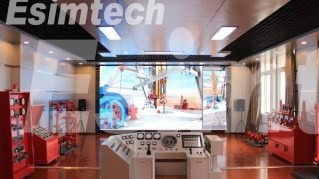
Risk Assessment and Mitigation
To examine potential risks connected with directional drilling operations, simulation technology is used. Engineers can use simulations to establish contingency plans and manage hazards before drilling begins, such as wellbore instability, geological uncertainties, and equipment failures.
Cost Analysis
Cost analysis is made possible by simulation technology, which provides insights into the economic elements of drilling operations. Engineers can simulate various drilling tactics, tool choices, and well trajectories to determine the best cost-effective method.
Real-Time Monitoring and Decision Support
During drilling operations, drilling simulation system can assist in real-time monitoring and decision-making. It provides a platform for integrating real-time data from the wellbore with the drilling plan, enabling operators to make adjustments on the fly to stay on course and optimize drilling parameters.
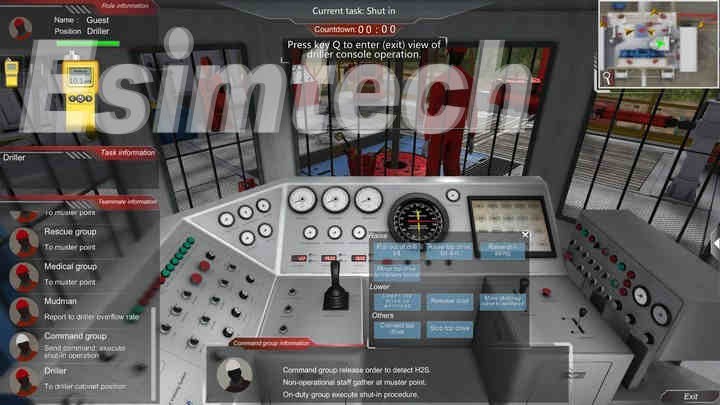
(Drilling Emergency Exercise Simulation System)
Hydraulic Modeling
Hydraulic simulation tools help in designing and optimizing the drilling fluid systems. They allow engineers to model the flow of drilling fluids downhole and ensure that pressure, viscosity, and other parameters are within safe and effective limits.
Equipment Sizing and Selection
Simulation technology aids in selecting the appropriate drilling tools and equipment. By inputting wellbore specifications and geological data, engineers can determine the optimal tool sizes and types required for the drilling operation.
Environmental Impact Assessment
The environmental impact of drilling operations can be assessed using simulation. It is possible to predict how drilling will affect the environment and prepare mitigation measures by modeling the well trajectory and operations.
Conclusion
Directional drilling has revolutionized the oil and gas industry, allowing operators to access hydrocarbon deposits that were previously thought to be inaccessible. Simulation technology is an essential component of oil and gas directional drilling, providing numerous benefits that assist the industry in achieving better efficiency and precision in drilling operations while reducing environmental effects and assuring optimal hydrocarbon resource recovery.
